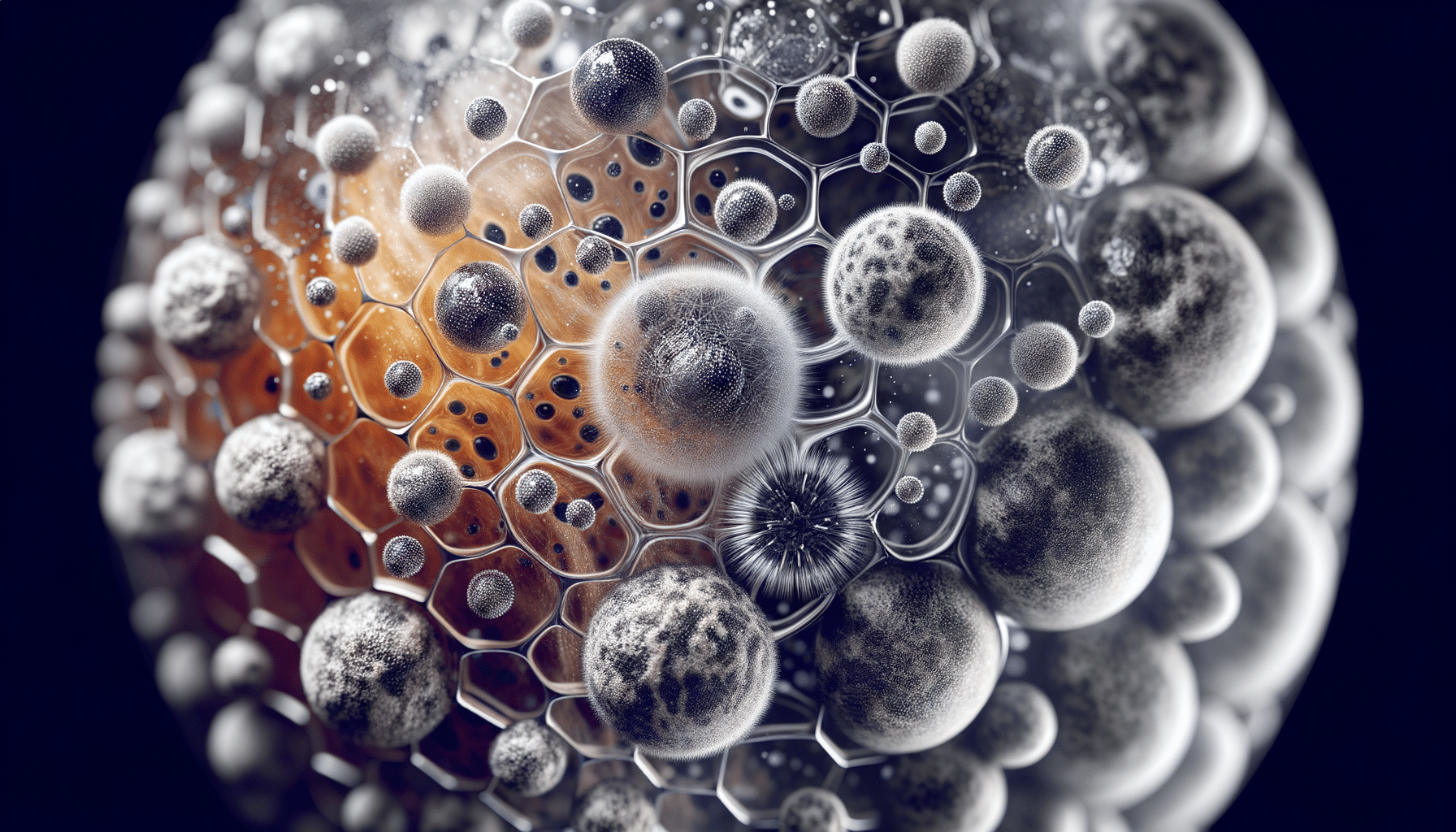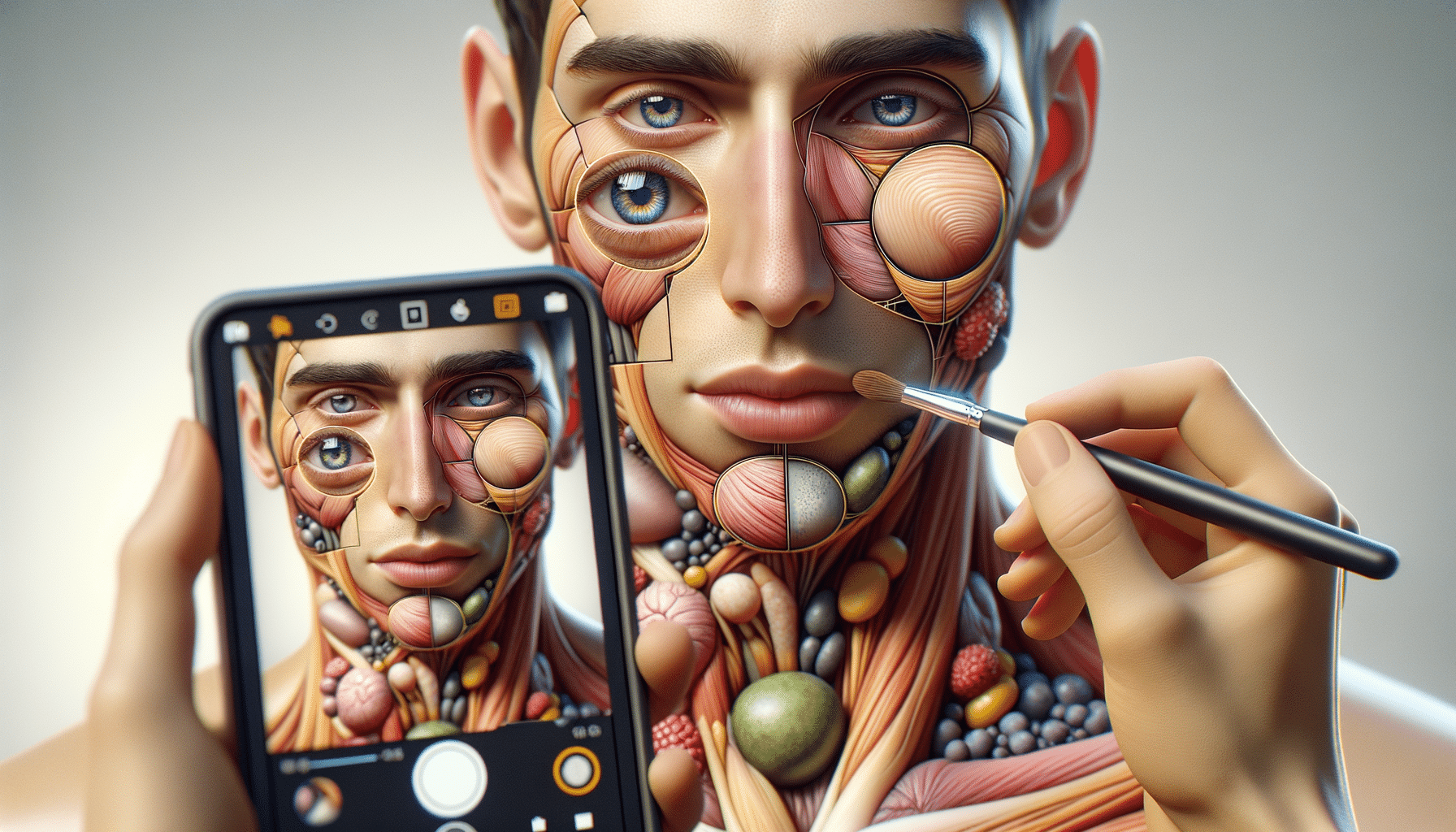
Skin Tightening in the USA – Achieve Noticeable Results in Just 45 Minutes
Understanding Non-Invasive Skin Tightening
In recent years, non-invasive skin tightening has gained significant popularity across the United States. This surge in interest is largely due to the desire for effective anti-aging solutions without the need for surgery or extensive recovery periods. Non-invasive skin tightening techniques utilize advanced technologies like radiofrequency, ultrasound, and laser to stimulate collagen production and improve skin elasticity. These methods are designed to provide noticeable results in just 45 minutes per session, making them an appealing option for busy individuals.
The appeal of these treatments lies in their ability to target specific areas of the face and body, offering a tailored approach to each individual’s needs. The process involves the application of energy to the skin’s deeper layers, which encourages the natural production of collagen—a protein responsible for the skin’s firmness and elasticity. As a result, patients often experience a reduction in the appearance of fine lines, wrinkles, and sagging skin.
While the outcomes of non-invasive skin tightening can vary based on factors such as age, skin type, and lifestyle, the majority of patients report a visible improvement in their skin’s texture and tone. The convenience of these treatments, combined with their minimal discomfort and lack of downtime, makes them a preferred choice for those seeking to rejuvenate their appearance.
Exploring Different Technologies for Skin Tightening
There are several technologies available for non-invasive skin tightening, each with its unique mechanism of action and benefits. Among the most commonly used are radiofrequency, ultrasound, and laser technologies.
Radiofrequency: This technology uses energy waves to heat the deeper layers of the skin, promoting collagen production and tightening the skin. Radiofrequency treatments are known for their ability to treat larger areas of the body, such as the abdomen and thighs, making them versatile and effective.
Ultrasound: Unlike radiofrequency, ultrasound technology uses sound waves to penetrate the skin’s surface, reaching deeper layers to stimulate collagen production. This method is particularly effective for targeting specific areas like the jawline and under the chin, where precision is key.
Laser: Laser treatments work by delivering concentrated light energy to the skin, which heats the underlying tissue and stimulates collagen production. This technology is often used for facial treatments, offering precision and control over the targeted areas.
Each of these technologies offers its own set of advantages, and the choice of treatment often depends on the individual’s specific needs and desired outcomes. Consulting with a qualified professional is essential to determine the most suitable option for achieving optimal results.
Preparing for Your Skin Tightening Session
Before undergoing a skin tightening treatment, it’s important to be well-prepared to ensure the best possible outcome. Here are some steps you can take to get ready for your session:
- Consultation: Schedule a consultation with a licensed practitioner to discuss your goals and expectations. This is an opportunity to learn about the different treatment options and determine which technology is best suited for your skin type and concerns.
- Pre-Treatment Care: Follow any specific instructions provided by your practitioner, such as avoiding sun exposure, using certain skincare products, or refraining from certain activities that may affect your skin’s condition.
- Understand the Procedure: Familiarize yourself with the treatment process, including what to expect during and after the session. Knowing the steps involved can help alleviate any anxiety and ensure a smooth experience.
Being informed and prepared can significantly enhance the effectiveness of your skin tightening treatment, leading to more satisfying results. Remember, while these treatments offer promising outcomes, maintaining a healthy lifestyle and skincare routine is crucial for long-lasting benefits.


